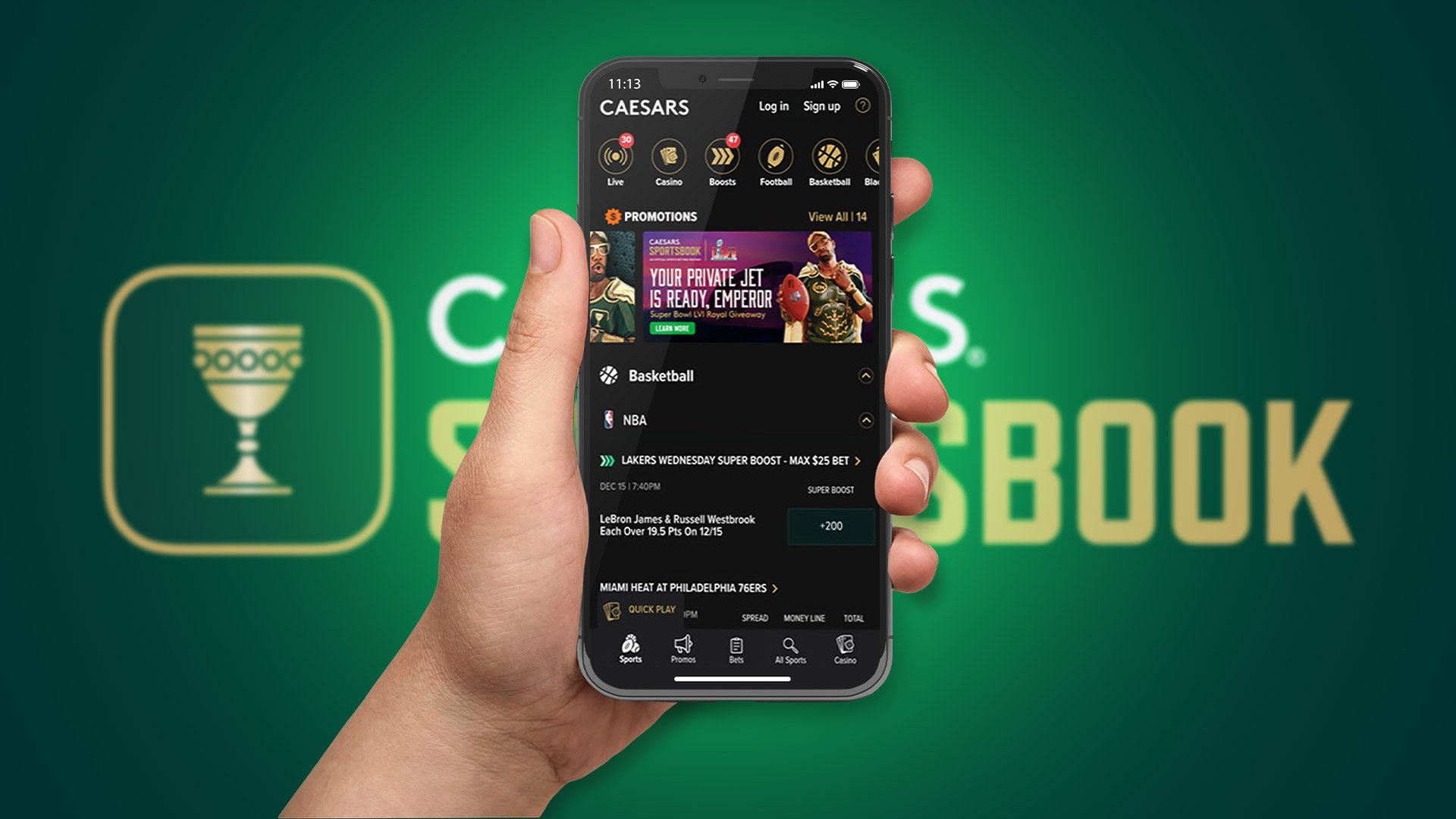The omnichannel experience: Atlaslive shares insights on unifying online and offline iGaming

In this article, B2B software development company Atlaslive shares insights on omnichannel gaming and how to unify online and offline formats.
At the SBC Summit, omnichannel dominated the conversation. With players switching between physical shops, mobile, and desktop, operators now treat unified experiences as the new baseline for competitiveness.
Atlaslive observes this shift across Latin America and beyond. Operators seek a single, integrated platform rather than parallel systems. True omnichannel means retail and online environments operate within the same ecosystem, offering players a consistent experience wherever they engage.
From mirror setups to full connection
Early approaches often mirror features between channels, resulting in disjointed data and disrupted player journeys. Integration brings everything together.
“The challenge isn’t building multiple systems,” says Anton Pivala, Head of Product Operations at Atlaslive. “It’s about connecting everything into one ecosystem, so operators gain a complete view of their players while customers enjoy a smooth journey with no friction between channels.”
The operational side
Legacy systems, fragmented compliance processes, inconsistent risk management, and data protection issues continue to slow operators down. Achieving true omnichannel means removing those silos completely.
Atlaslive’s model
Atlaslive treats omnichannel as one architecture supporting retail and online equally. Retail tools include hierarchical control, instant limits, transparent transactions, and dynamic event boards. The cashier app supports deposits, withdrawals, and betting within the same connected environment. Existing clients can go live quickly; new implementations typically take around four weeks.
Once platforms are unified, operators can analyze data across all channels, personalize engagement, and deliver the same trusted experience everywhere.
Omnichannel isn’t an add-on—it’s the foundation of modern iGaming operations. Find out more in the full article by Atlaslive.
















